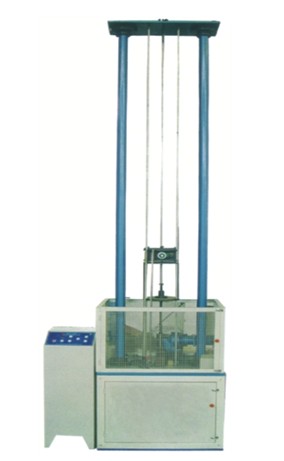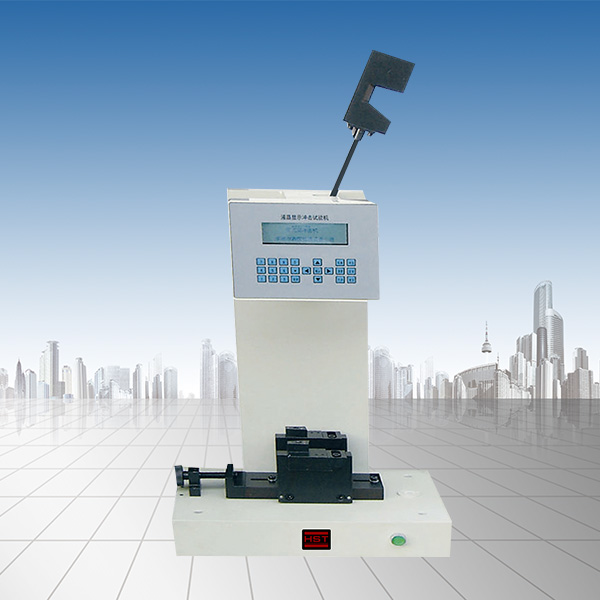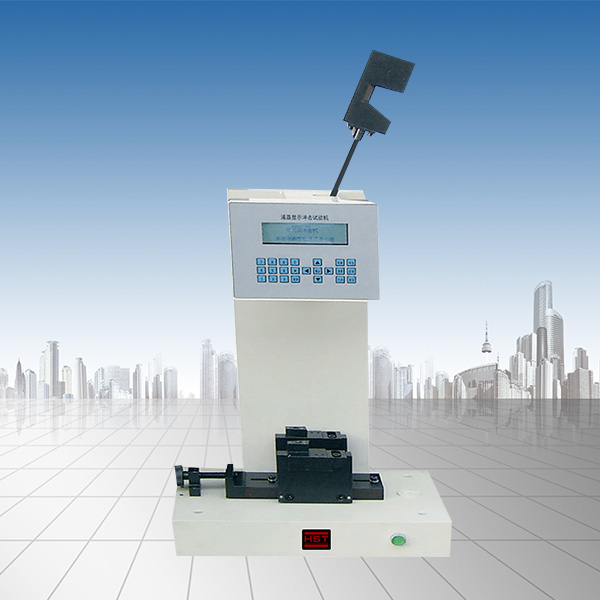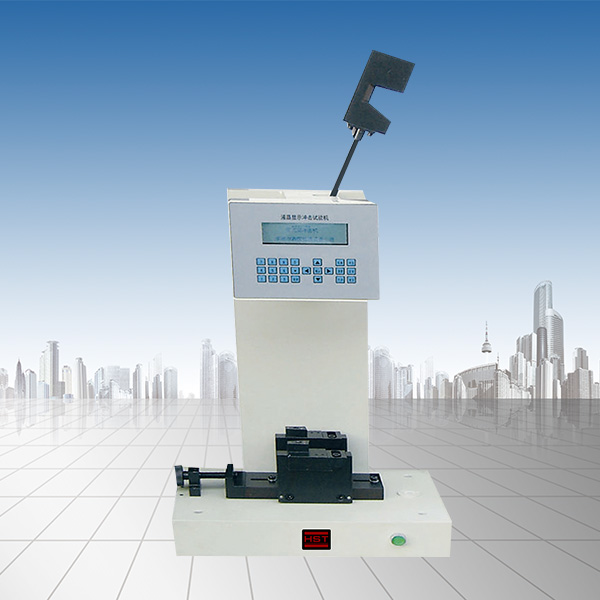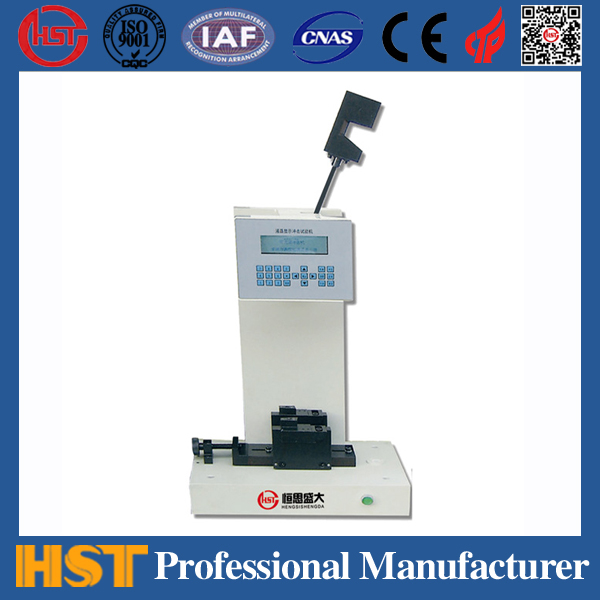Company News
Future development trends of material testing machine fixtures
Release time:2018-11-23 source:Jinan Hengsi Shanda Instrument Co., Ltd. Browse:
Material testing machineIt is a mechanical afterburner test for mechanical properties such as tensile, compression, bending, shearing, peeling, etc. It is an indispensable testing equipment such as material development, physical properties test, teaching research, quality control, feed inspection, and random inspection of production lines.
The three basic elements of the work of the material testing machine: the force-up device, the fixture, the force value display device and the recording. The work flow is generally to judge whether the material sample is qualified or reaches the predetermined performance indicators by clamping the sample material by the fixture, the force value display device and the recording. This shows the importance of the test machine fixture in the field of material testing. Whether the material samples can be clamped reliably and effectively is related to whether the test project can be carried out smoothly and the accuracy and reliability of the test results. Without reliable fixtures, there is no way to judge the test results. Different material testing projects need to be equipped with different fixtures, so fixtures are a part of the material testing machine that changes frequently according to the changes in the material sample. The rational and correct use of clips is conducive to the smooth progress of the test and improve the accuracy and reliability of the test results.
With the development of science and technology, the widespread application of new materials and the special use environment of materials have put forward higher requirements on the testing conditions of the material test machine. It integrates more advanced design concepts and manufacturing technologies in the research and development of test machine fixtures, which promotes the development of test machine fixtures.
The development trend of material testing machine fixtures is briefly described as follows:
1. The development direction of material testing machines is from sample preparation and inspection to product (i.e. finished products, semi-finished products). This requires that the adapted fixtures develop from fixtures used for standard sample testing to fixtures used for finished product testing.
2. The use of fixtures is developing towards high efficiency and low labor intensity. In the past, clamps were generally mechanically locked, which was time-consuming and labor-intensive, with high labor intensity and low efficiency. With the improvement of the working environment and the need for large-scale tests (random sampling of production lines), the clamping method of fixtures has developed from the original mechanical clamping to the pneumatic clamping, hydraulic clamping, etc.
3. The number of continuous test fixtures increases. Since in the past, sample preparation and testing were generally performed, the tensile and compression of the samples were carried out separately (that is, the tensile and compression were carried out with different fixtures). Now, more and more finished products were tested. The samples had to be stretched, compressed and had high efficiency in the same test. Only the same fixture could be used for both stretching and compression.
4. The number of test fixtures used in special industries has increased. With the development of science and technology, some emerging industries have put forward new requirements for test machine fixtures, such as requiring small structure, non-magnetic, corrosion-resistant (testing in solution).
5. Fully automatic fixture: From the measurement of the sample size to the clamping, and then to the start of the test, the test report is completed in one go. Such fixtures are expensive and are only suitable for testing and inspection of the same sample or finished product in large quantities.
6. The increase in high and low temperature environmental tests, and the increase in types of fixtures used for high and low temperatures. The increase in high and low temperature environmental tests has increased the difficulty of designing fixtures. We know that national standards for high-temperature tensile tests have regulations: round samples are used for threads and holes are present on the plate samples. Since the connection method is fixed, the design of the fixture is relatively simple. However, high and low temperature tests are different. They are generally tested in high and low temperature boxes. The specimens are generally short gauge distance (usually normal temperature samples), so the fixtures must be installed in high and low temperature boxes. High and low temperature tests are generally limited due to the limited stroke of the test machine (the stroke of the test machine when installing standard fixtures). This requires that the clamping is small, and it must meet the test force, and it must be resistant to high and low temperatures, which is generally difficult to design.
The above is related to Hengsi Shanda and everyoneTesting machineFor related contents of fixtures, friends who need test machine fixtures and test machine accessories, you can call us for consultation, and we are dedicated to serving you.
- Previous article:Precision test analysis instruments should be strengthened
- Next article:What are the types of tensile testing machines?
Recommended productsPRODUCTS


















